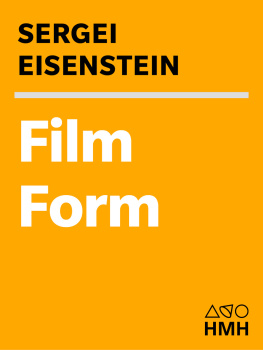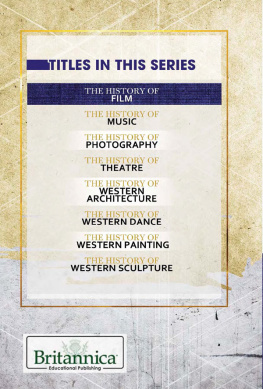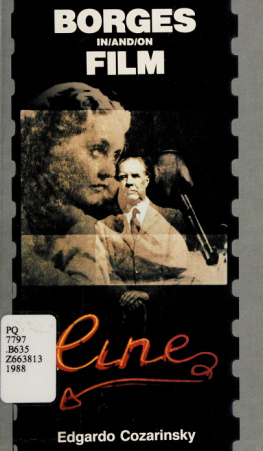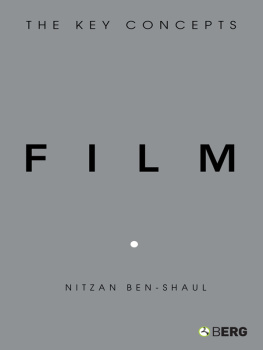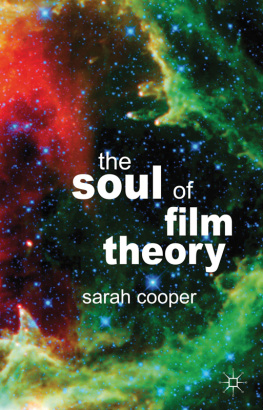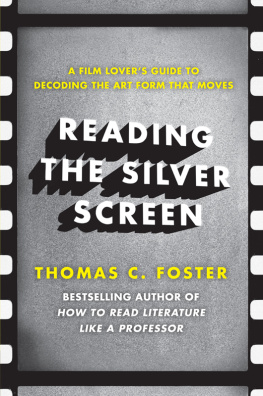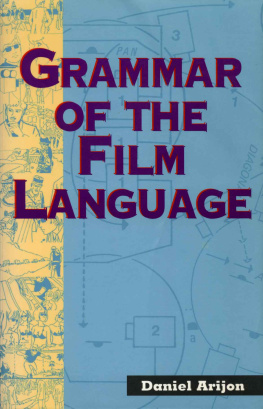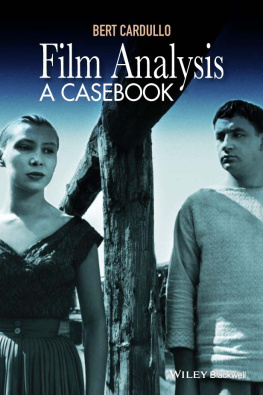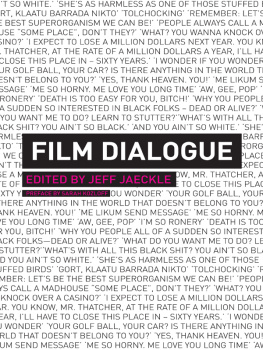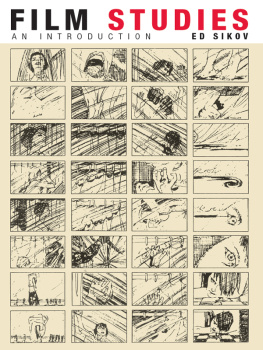Copyright 1949 by Harcourt, Inc.
Copyright renewed 1977 by Jay Leyda
All rights reserved. No part of this publication may be reproduced or transmitted in any form or by any means, electronic or mechanical, including photocopy, recording, or any information storage and retrieval system, without permission in writing from the publisher.
For information about permission to reproduce selections from this book, write to Permissions, Houghton Mifflin Harcourt Publishing Company, 215 Park Avenue South, New York, New York 10003.
www.hmhco.com
Library of Congress Cataloging-in-Publication Data is available.
ISBN 0-15-630920-3 (Harvest: pb)
e ISBN 978-0-547-53947-8
v1.0514
Introduction
THE COMPILATION of this book of essays was one of its authors last tasks. Though too weak in his last two years of life to resume film work, Eisenstein was too strong to relax his theoretical activity. His fatal attack, on the night of February 10, 1948, interrupted him at work; when he was found the next morning, before him were his last wordsan unfinished essay on color, its use in the unfinished Ivan the Terrible. It is precisely because he was so far from being finished, as film-maker or theoretician, that we feel his loss so deeply.
A great artist leaves his work behind him, but a contemplation of Eisensteins completed work does little to ease the shock of his death, for all these films pointed to further work in which his heroic and tireless expansion of the film medium would push beyond all the limits that lesser artists have set around it. Each step forward by Eisenstein promised a hundred following unexpected steps, and death at the age of forty-nine leaves many steps untaken.
As a great teacher he left an even richer heritage: from his students and the large body of his theory we can expect further fruit, even beyond our generation. It was said of Bach, Only he who knows much can teach much, and we can be eternally grateful that Eisensteins immense knowledge was poured not only into six finished films but also, directly and indirectly, into an incalculable number of pupils.
A steady source for his imagination, as artist and as teacher, lay in his consciousness of the artists real influence in society, an influence to be fully realized only within an equally powerful sense of responsibility to society. This dual pull determined his every decision: in esthetics, for example, it made him impatient with every lean towards surface naturalismfor he could see the unwillingness, the laziness, ignorance and often opportunism behind such an evasion of the difficult but central problem. The film artists job was to learn his principles from a profound investigation of all arts and all levels of life, to measure these principles against an unfaltering understanding of himself, and if he then did anything less than createwith bold, living works that moved their audiences to excitement and understandinghe was neither good artist nor positive member of society. In film, with all its easy satisfactions, there was more temptation to skirt this primary issue than in any other art, but once Eisenstein chose cinema as the supremely expressive medium, he undertook to wage upon it, as upon a battlefield, a perpetual war against the evils of dishonesty, satisfaction, superficiality. He fought with the arrogance of an assured artisthe knew how much we all needed him, whether we admitted it or not. His aim was a poetry possible only to films, a realism heightened by all the means in the film-artists power. Though both he and the surrealists would have denied his relation to the term, this was sur-realismbut the dynamic aim and accomplishment of Sergei Eisenstein need no category or label.
To challenge laziness and naturalism puts the challenger at a disadvantage: it attaches anti-natural labels to the challengers principles and practice, and forces him to prove, in works, that they can be affective beyond those works whose simplicity is essentially negative. The affective test was passed by each of Eisensteins films; the principles were stubbornly enunciated in writing that in sheer quantity outdoes the public thinking of any film-maker. He admitted to being neither a smooth nor a talented writer, and was dependent on the energy of his ideas and the clarity of their expression; he employed circumstantial as well as poetic proofand he drew on the world for his illustrations. His right way, swerving sharply from standard thinking, or rather, standard non-thinking about films, forced his theoretical writing to combine polemic, rhetoric, self-defense, essay, gallery tour, analysis, lecture, sermon, criminal investigation, chalk-talkand to be as valid for the local, immediate problem, as for the general, lasting issue. A many-sided, never-ending education stocked his armory of illustration: criticized for distortion, he would point to the purposeful distortion employed by a Sharaku or a Flaubert; accused of unlifelike theories he would hold up precedents from the fields of philology and psychology; accusations of leftism and modernism brought out defenses by Milton, Pushkin, El Greco that not only solidified his argument, but gave it a fresh dimension, and stimulated the reader to investigate these neglected riches.
will contribute to this profit and comprehension.
Of his hundreds of essays, this group was selected to show certain key-points in the development of his film theory and, in particular, of his analysis of the sound-film medium. Despite the existence of Alexander Nevsky and Ivan the Terrible, the study of Eisensteins theories usually finds its illustrations in his silent films. This almost makes more poignant the revelation in these essays of his long planning and contemplation of sound as an essential element in his vision of the total film, and he was fully aware of the apparent strangeness that he should resemble the last to arrive at the wedding. Yet the still restless couplesight and soundhas lost its most hopeful conciliator and advisor in Eisensteins death, for no soundfilm program has achieved either the solidity of his Statement of 1928 and his Achievement of 1939 or the adventure of his plans for An American Tragedy (discussed in A Course in Treatment). The sure simplicity of audio-visual experiment in Nevsky and the grand experiment in heroic style of Ivan the Terrible, Part I have not yet been properly gauged for their instructional virtues, and the rich fund of discussion of the sound-film in these essays must be added to the sum of his completed films to gain a rounded view on his intellectually mature grasp of the film medium.
Some of these essays have been previously available, sometimes in inadequate English renderings; the relation of the present texts to these earlier translations is indicated at the end of the volume.
Generous assistance on all levels has been given this book by Esther and Harold Leonard, by Jane and Gordon Williams, by Sergei Bertensson, Richard Collins, Robert Payne, and other friends. John Winge made the new translation from Eisensteins German manuscript (lent by the Museum of Modern Art Film Library) of A Dialectic Approach to Film Form, and the frames chosen by Eisenstein for its illustration were prepared for reproduction here by Irving Lerner. I am particularly grateful to the Hon. Ivor Montagu whose long association with the personality and ideas of the author produced translations so conscientious and scrupulous that a minimum of adjustment has been necessary in adding them to this collection. The library staffs that contributed their talents so patiently were those of the University of California at Los Angeles, the Los Angeles Public Library, the Beverly Hills Public Library, Columbia University, the Museum of Modern Art, and the American-Russian Institute.
Next page
